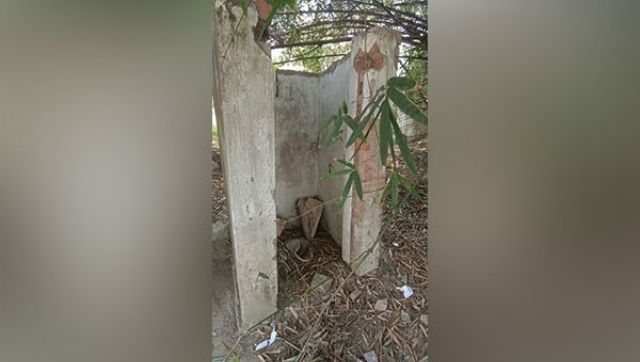New Delhi: Even though India was declared Open Defecation Free by the government in 2019, the latest NFHS survey conducted in 2019-21 showed that 19 per cent of households do not use any toilet facility. However, the report said the percentage of households practising open defecation decreased from 39 percent in 2015-16 to 19 per cent in 2019-21. Access to a toilet facility is lowest in Bihar (62 per cent), followed by Jharkhand (70 per cent) and Odisha (71 per cent). The NFHS-5 found that 69 percent of households use an improved sanitation facility that is not shared with other households and eight percent use a facility that would be considered improved if it was not shared. “Nineteen percent of households have no facility, which means that the household members practice open defecation,” the report said. “Eighty-three percent of households have access to a toilet facility. Sixty-nine percent of Indian households use improved toilet facilities, which are non-shared facilities that prevent people from coming into contact with human waste and can reduce the transmission of cholera, typhoid, and other diseases,” it said. The survey found that 11 percent of urban households use a shared facility, compared with seven percent of rural households. Access to a toilet facility ranges from 69 percent among scheduled tribe households to 93 percent among households which are not scheduled caste, scheduled tribe, or other backward class households. On safe drinking water, the report showed that 58 percent of households do not treat their water prior to drinking. “Treatment is less common in rural areas than urban areas; 66 percent of rural households do not treat their water, compared with 44 percent of urban households,” the report said. The NFHS found that boiling water and straining the water through a cloth before drinking are the most common water treatment procedures used prior to drinking (16 per cent and 15 per cent of households, respectively). In India, almost all urban households (99 per cent) and rural households (95 per cent) have access to an improved source of drinking water. “Improved sources of water protect against outside contamination so that the water is more likely to be safe to drink. Urban and rural households rely on different sources of drinking water,” the survey said. The main sources of drinking water for urban households is water piped into their dwelling, yard, or plot (54 per cent), tube wells or boreholes (16 per cent), and public taps or standpipes (12 per cent). The National Family Health Survey-5 between 2019 and 2021 has been conducted in around 6.37 lakh sample households from 707 districts of the country from 28 States and eight UTs, covering 7,24,115 women and 1,01,839 men to provide dis-aggregated estimates up to district level. The national report also provides data by socio-economic and other background characteristics which is useful for policy formulation and effective programme implementation. Read all the Latest News , Trending News , Cricket News , Bollywood News , India News and Entertainment News here. Follow us on Facebook, Twitter and Instagram.
However, the report said the percentage of households practising open defecation decreased from 39 percent in 2015-16 to 19 per cent in 2019-21
Advertisement
End of Article


)

)
)
)
)
)
)
)
)



